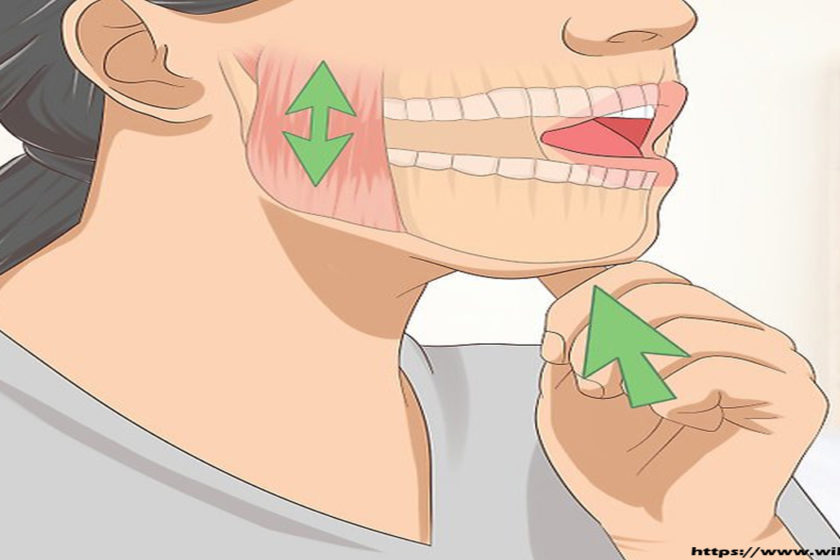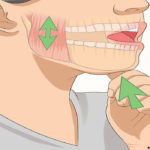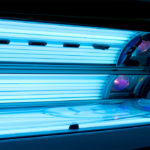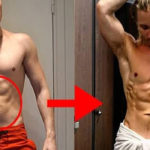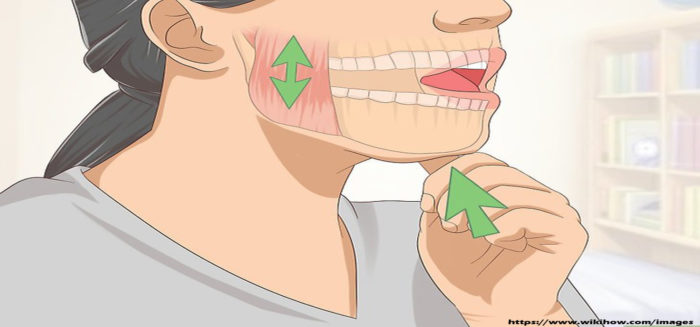
Temporomandibular joint disorder or TMJD is one of the most common facial syndromes and affects millions of people. This is called Temporomandibular or TMJ joint syndrome by others. TMJ syndrome is a collection of acute and chronic signs and symptoms related to the structure and function of the joint that connects the lower jaw to the entire skull.
Many people say TMJ is related to discomfort in the area but technically, TMJ itself, or the Temporomandibular joint are two joints on the opposite side of your face right in front of the ear. Our TMJ helps us open, close and move our mouths and that is where our jaws attach to our skulls.
Signs and symptoms of TMJ disorders depend on what causes these signs and symptoms to occur but the most common of them is pain. The pain can be short term or it can be long term depending on the reason why there is pain. Activities where a person moves the muscles and bones in the joints can also produce popping or grinding noises. In some cases there may even be pain in other areas of the head such as migraines, headaches and earaches especially in the morning.
Many health conditions can damage the structure of the TMJ and can cause it to fail to function. TMJ syndrome can be caused by something as simple as a sports injury or by something serious like depression. Because Temporomandibular joint syndrome can be caused by a variety of health conditions, treatment can also be approached in various ways.
In other words, TMJ treatment depends on your doctor’s diagnosis of all the signs and symptoms that you experience. In cases when you don’t have access to a doctor, you can temporarily overcome the pain with these simple tips.
Keep your jaw rested
Having your jaws rested is a good start to relieve the pain. Eating tough chewy food must be prohibited to rest the jaw muscles.
Cold or warm compress
Using warm or cold bags on the affected area may help lessen the pain for a while.
Medication against inflammation
Another possible fast acting relief is to use anti-inflammatory medications that you have used in the past. This article explains what Temporomandibular joint disorder is and gives some suggestions on how you can temporarily relieve the pain in the absence of a physician.

